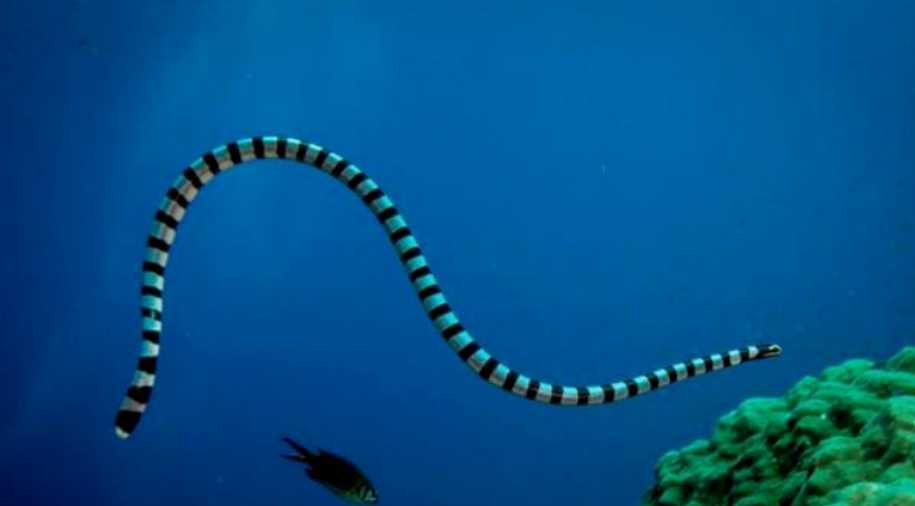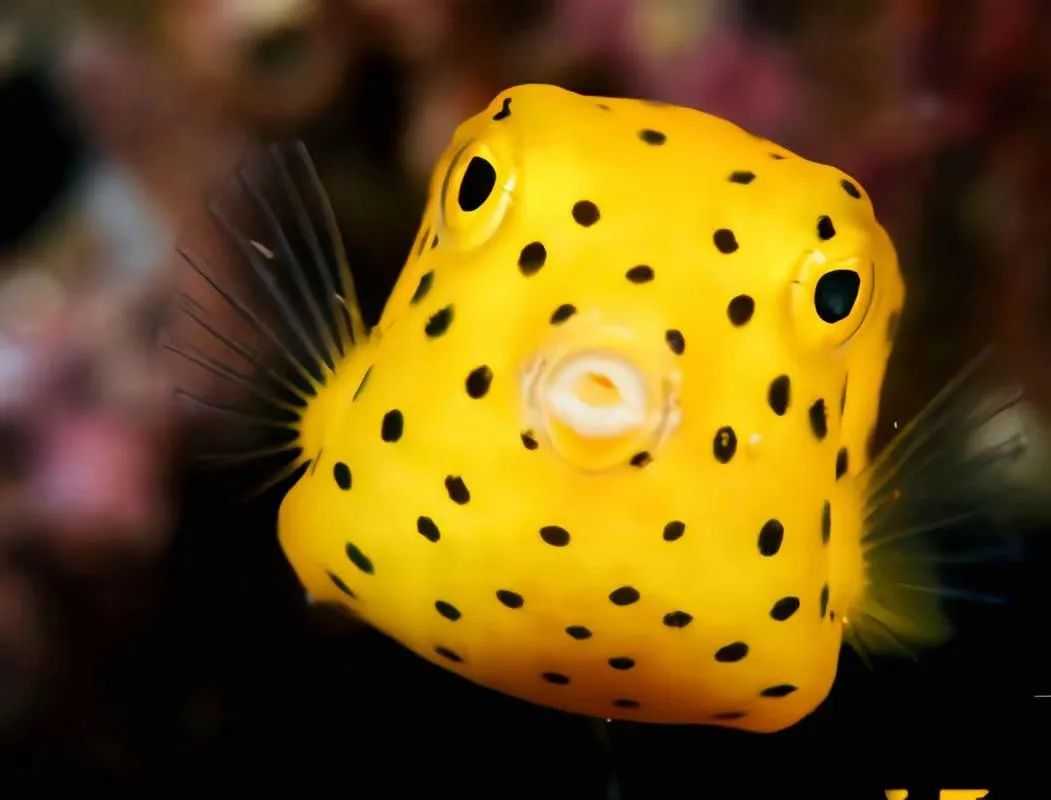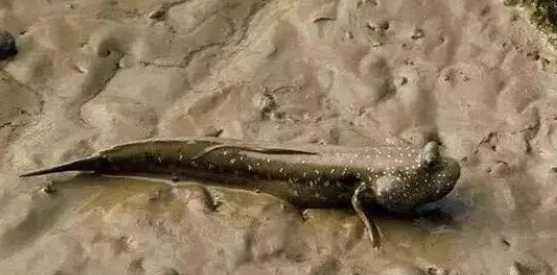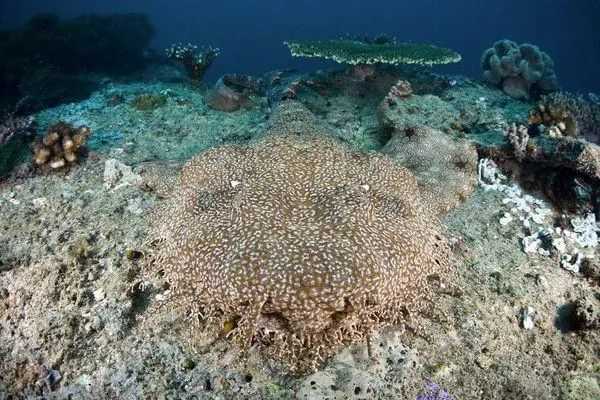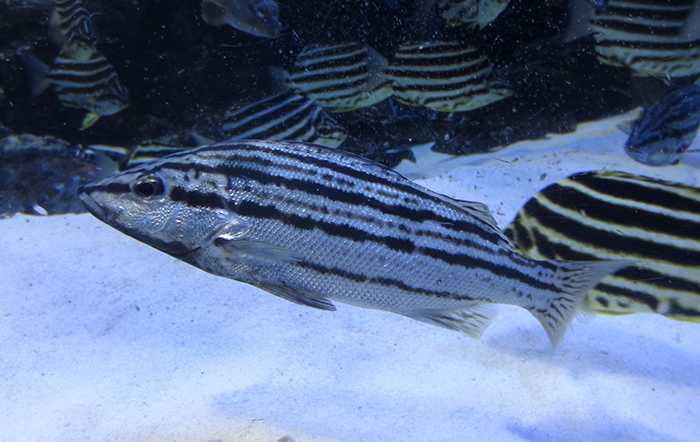Sea snakes, aquatic reptiles adapted to life in marine environments, are among the most fascinating yet misunderstood creatures of the sea. These serpents, closely related to terrestrial cobras, possess a unique set of adaptations that allow them to thrive in saltwater, from paddle-like tails for swimming to specialized glands that excrete excess salt. However, their most renowned feature is their potent venom, a survival tool that has both intrigued and terrified humans for centuries.
Sea Snakes: Elusive and Venomous Reptiles of the Ocean Depths
Sea snakes, aquatic reptiles adapted to life in marine environments, are among the most fascinating yet misunderstood creatures of the sea. These serpents, closely related to terrestrial cobras, possess a unique set of adaptations that allow them to thrive in saltwater, from paddle-like tails for swimming to specialized glands that excrete excess salt. However, their most renowned feature is their potent venom, a survival tool that has both intrigued and terrified humans for centuries.
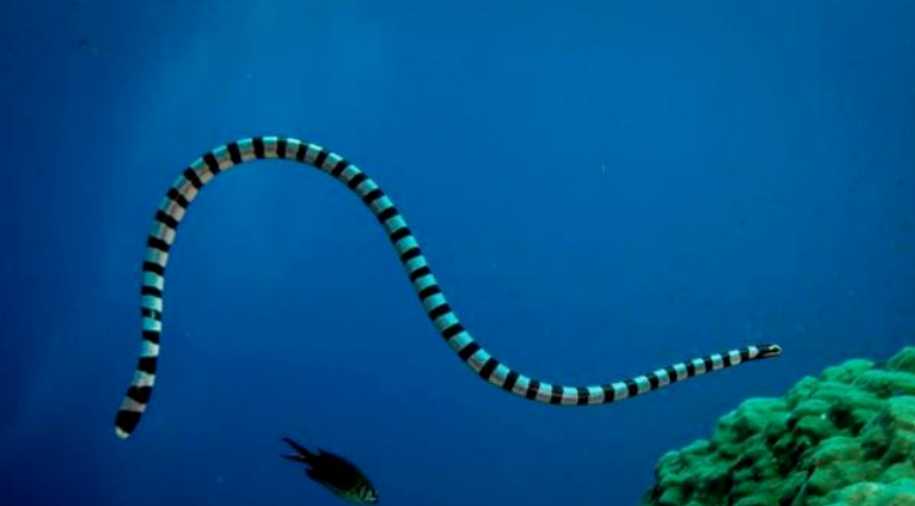
Source: Images from the Internet, if there is any infringement, please contact the removal of
All sea snakes are venomous, equipped with anterior grooved fangs designed to inject neurotoxic venom—a powerful blend of toxins that targets the nervous system, causing paralysis and, in severe cases, respiratory failure. While human encounters are rare, a bite from a sea snake can be life-threatening if left untreated. Contrary to popular belief, these reptiles are not inherently aggressive; most bites occur when they are accidentally disturbed, such as when caught in fishing nets or provoked by divers. Their venom serves primarily as a defense against predators and a means to subdue prey, which typically consists of small fish, eels, and crustaceans.
In the marine food chain, sea snakes play a crucial role as both predators and prey. Their ability to dive to great depths (some species descending over 100 meters) and remain submerged for up to an hour makes them efficient hunters. Yet, they themselves face threats from sharks, large fish, and human activities like habitat destruction and pollution. Despite their fearsome reputation, sea snakes are vital to ecosystem balance, controlling populations of their prey and contributing to the health of coral reefs and coastal waters. As climate change and ocean degradation pose increasing risks, understanding and protecting these misunderstood reptiles is key to preserving the complex web of life beneath the waves.

